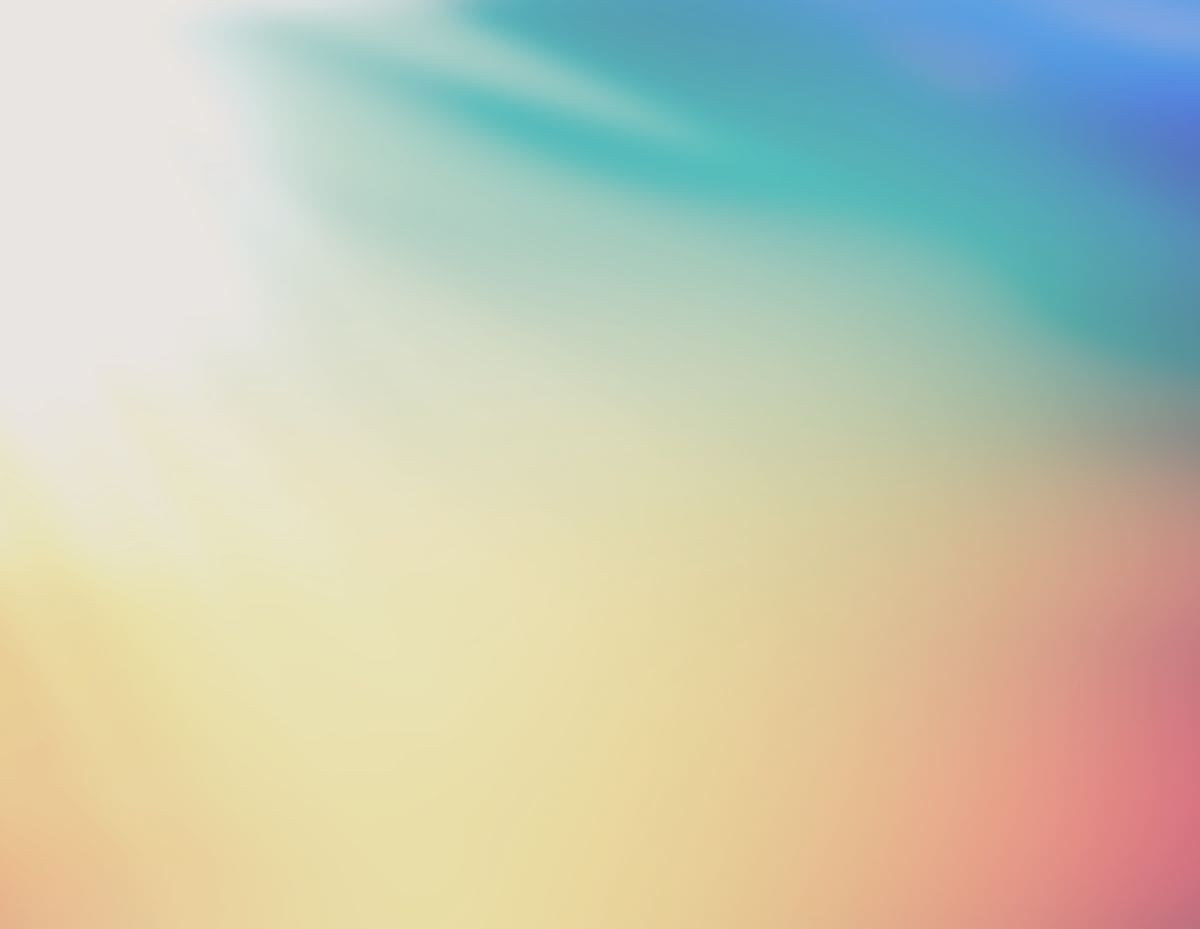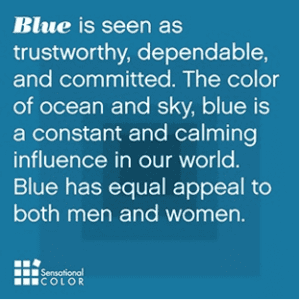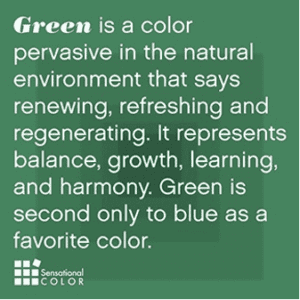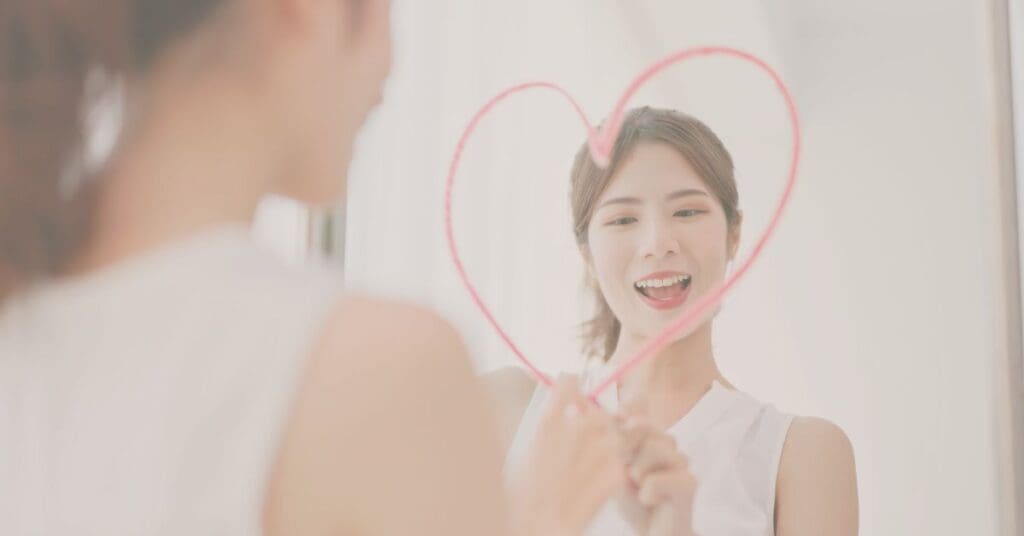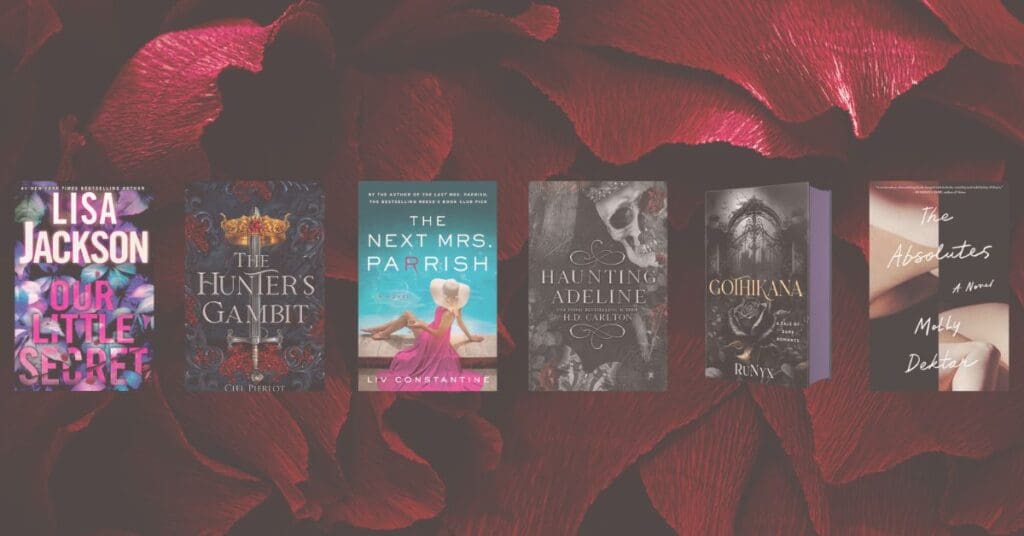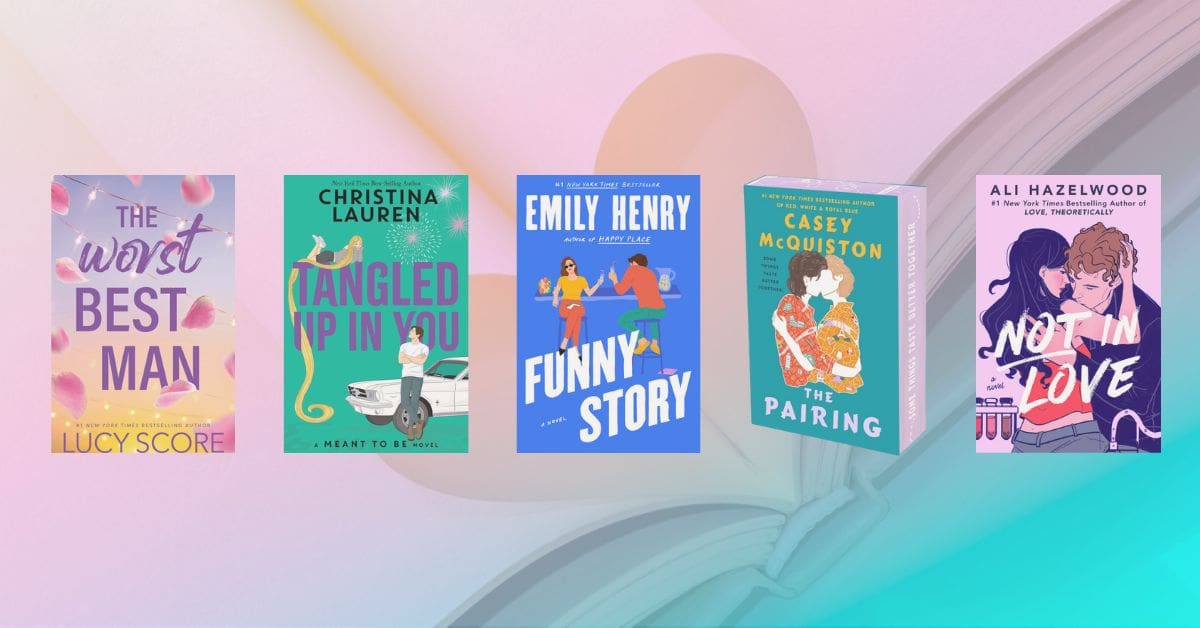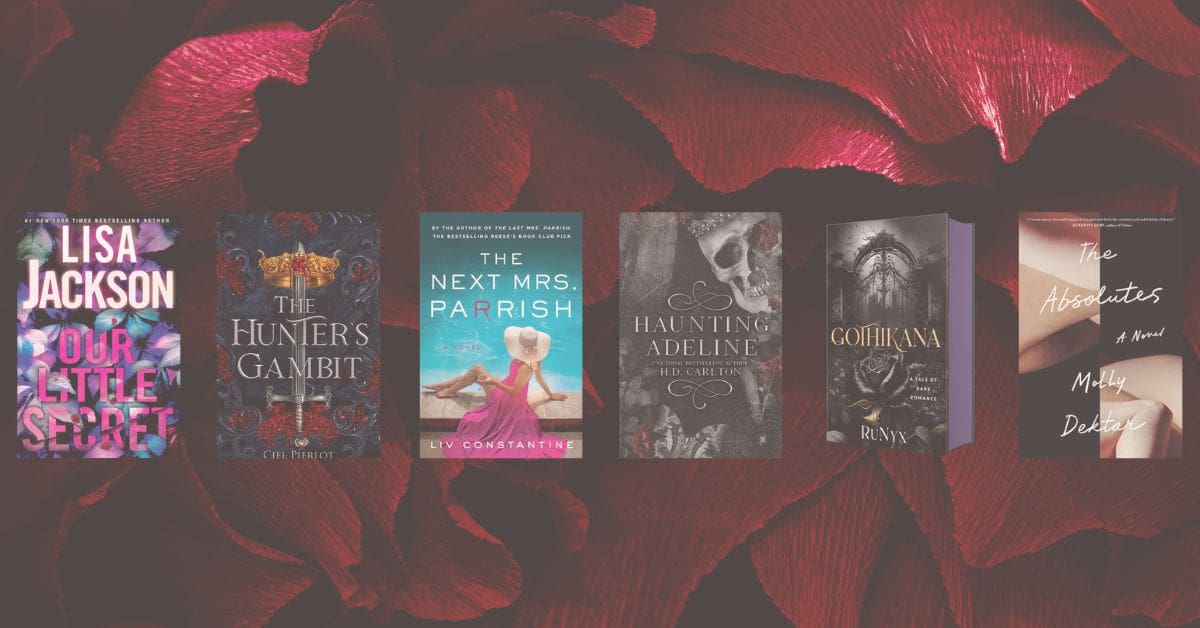The Symbolic Colors of Poetry
A Kaleidoscope of Emotions!
Colors have long been employed as powerful symbols in the realm of poetry, evoking emotions, imagery, and layers of meaning.
Among the spectrum of hues, red, blue, green, and yellow hold a special place as significant and recurrent symbols. In this article, we will delve into the origins, meanings, and examples of these colors in poetry, exploring how they enhance the poetic experience and captivate our senses.
Red

Red Red Rose by Robert Burns:
O my Luve is like a red, red rose,
That’s newly sprung in June:
O my Luve is like the melodie,
That’s sweetly play’d in tune
In this timeless poem, Robert Burns compares his love to a “red, red rose.” The use of the color red symbolizes the intensity of his affection and the passionate nature of their relationship. The vibrant red of the rose represents not only love but also the beauty and vitality of their connection. Burns’ words capture the essence of love’s power and evoke a sense of warmth and longing.
Blue
Blue the color blue is often associated with the sky, the ocean, and has a deep and enduring presence in poetic imagery. It has been tied to vastness, serenity, and transcendence. Blue represents calmness, tranquility, and sometimes sadness or melancholy. It can also evoke a sense of spirituality and the infinite.
The Wasted Land by T.S. Eliot:
April is the cruellest month, breeding
Lilacs out of the dead land, mixing
Memory and desire, stirring
Dull roots with spring rain.
Winter kept us warm, covering
Earth in forgetful snow, feeding
A little life with dried tubers
In this influential poem, T.S. Eliot uses the color blue symbolically to evoke a sense of melancholy and sadness. The contrast between the vibrant imagery of spring and the underlying tone of despair is heightened by the reference to winter and its association with the color blue. Winter, represented by the “forgetful snow,” suggests a period of calmness and tranquility, but also a sense of emptiness or numbness. The color blue becomes a symbol of introspection, solitude, and the lingering sadness that pervades the poem.
Green
Green derived from nature’s lush vegetation, has been a symbol of growth, renewal, and harmony. It is closely associated with landscapes, forests, and the cycle of life. Green signifies fertility, abundance, and vitality. It can also represent hope, rejuvenation, and the beauty of the natural world.
Lines Written By Early Spring by William Wordsworth:
And ‘tis my faith, that every flower
Enjoys the air it breathes.
The birds around me hopped and played,
Their thoughts I cannot measure,
But the least motion which they made
It seemed a thrill of pleasure
In this renowned poem, William Wordsworth utilizes the color green symbolically to represent the beauty of the natural world and its rejuvenating qualities. The mention of flowers and birds in the lush green surroundings evokes a sense of fertility, abundance, and vitality. The color green becomes a symbol of hope, growth, and the ever-renewing cycle of nature. Through the imagery, Wordsworth captures the awe-inspiring beauty and harmonious connection between humans and the natural environment.
Yellow
Yellow reminiscent of sunlight and gold, radiates warmth, brightness, and energy. Its roots can be traced back to ancient civilizations and their reverence for the sun. Yellow symbolizes joy, optimism, enlightenment, and intellect. It can evoke feelings of happiness and creativity.
I Wandered Lonely as a Cloud (commonly known as “Daffodils”) by William Wordsworth:
For oft, when on my couch I lie
In vacant or in pensive mood,
They flash upon that inward eye
Which is the bliss of solitude;
And then my heart with pleasure fills,
And dances with the daffodils
In this famous poem, William Wordsworth uses the color yellow symbolically to represent joy, happiness, and enlightenment. The mention of daffodils, which are typically yellow, creates a vivid image of vibrant and cheerful flowers. The color yellow becomes a symbol of optimism and intellectual stimulation, as the poet’s encounter with the daffodils brings a sense of joy and inspiration. The imagery evokes a feeling of enlightenment and creative bliss, as the yellow flowers dance and fill the poet’s heart with delight.
In the realm of poetry
Colors hold immense power to convey emotions, create vivid imagery, and enhance the poetic experience. Through exploring the origins, meanings, and examples of red, blue, green, and yellow, we have witnessed the transformative role these colors play in capturing the essence of human experiences and the beauty of the natural world. Next time you encounter these colors within a poem, allow yourself to be enveloped by their symbolic resonance and immerse yourself in the kaleidoscope of emotions they evoke.
